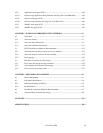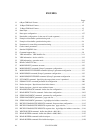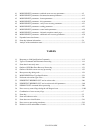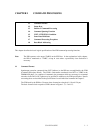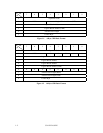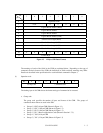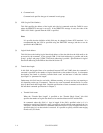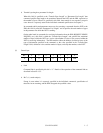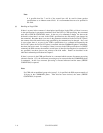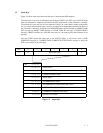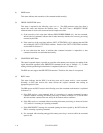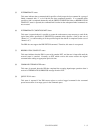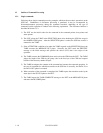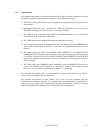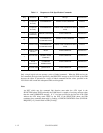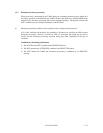C141-E124-01EN1 - 6
Note:
It is possible that bits 7 and 6 of the control byte will be used in future product
specifications as an inherent control field. It is recommended that zeros be specified in
this field.
(6) Handling an illegal CDB
If there is an error in the contents of a description (specification) in the CDB, or if there is an error
in the specifications in parameters transferred from the INIT by CDB specifying, that command
ends with a CHECK CONDITION status. In the case of a command to change the data on the
disk media, when there is an error in the CDB’s specifications, the disk media is not changed by
that command. But when there is an error in the parameters transferred in the DATA OUT phase,
the contents of the disk media in the range specified by the command may be changed. Also, even
in cases where there is an error in the CDB’s specifications in a command accompanying the
DATA OUT phase, the DATA OUT phase is executed after the COMMAND phase is terminated,
but those data are not used. For example, if there is an error in the CDB specification of a WRITE
command, the IDD executes the transfers several bytes of data (the data length to be transferred is
not specified), but those data are not written to the disk media. Details are described in the
individual command specifications in Chapter 3.
If there is an error in the CDB specification in a command which executes disconnect processing
(shown in Section 1.3.3), the disconnect processing may be executed after the COMMAND phase
is terminated. In this case, reconnect processing is executed afterward and the status (CHECK
CONDITION) is reported.
Note:
If a CDB with an undefined group code (group 3, 4) is specified, the IDD requests transfer of
10 bytes in the COMMAND phase. After that has been received, the status (CHECK
CONDITION) is reported.



